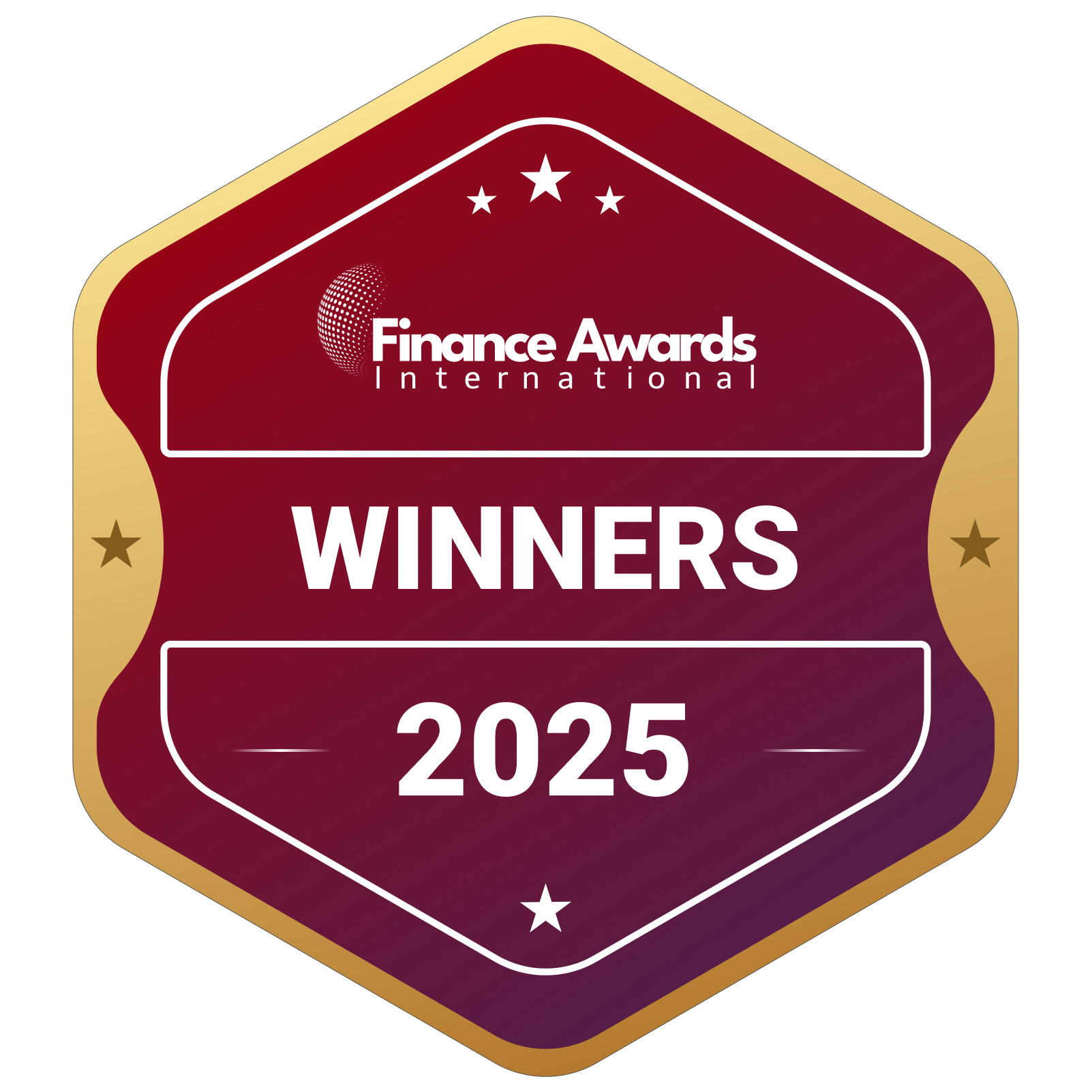Making a long-term business plan is essential to developing a long-term vision and strategy that will support a company’s growth for many years. Long-term planning might, however, appear intimidating due to market volatility and constantly changing corporate environments. The goal of this article is to simplify the lengthy process of long-term business planning into manageable phases. It will cover common concerns addressing the main elements of a long-term plan, including risk management, growth plans, and goals. By carefully developing and carrying out a long-term business strategy, companies can successfully pass through obstacles and seize new chances to achieve long-term success.
What Should Long-Term Business Planning Cover?
A thorough long-term company plan should ideally cover important subjects including mission, vision, values, objectives, strategies, and implementation techniques throughout the course of five to ten years. While the vision outlines the ideal future state, the mission conveys the core goals of a business. The culture and ethics that will direct operations as the company develops are established by its core principles.
The vision is translated into attainable goals within the designated timeframes via quantitative targets. Competitive strategies describe how the company will maintain a competitive edge over both current and potential rivals. Lastly, implementation plans include the annual operationalization of strategies across departments via clearly defined, resource-dependent projects and KPIs. A long-term company strategy that addresses these fundamentals creates the framework for pursuing goals in a methodical, results-oriented way.
What Are Appropriate Long-Term Goals?

Setting long-term objectives that are both reachable and aspirational is important for inspiring a company to keep growing. Generally speaking, objectives ought to be measurable, precise, and have deadlines for completion. Areas including revenue, profitability, market share, and headcount are better served by quantitative aims, whereas cultural objectives are better served by qualitative goals.
Objectives for revenue can include growing by 50% in the next five years, while objectives for culture might include ranking among the “Top 100 Places to Work.” By combining different objective types, one can maintain a long-term overall focus on financial performance, employee satisfaction, and community impact. Along the process, benchmarks spanning several years hold the company responsible for following its long-term plan and enabling course corrections as necessary. Well-designed goals, when given due thought, inspire and direct coordinated efforts within departments for years to come.
How Can Growth Be Sustained Long-Term?
A broad and well-coordinated set of strategies used repeatedly over many years is what leads to sustainable long-term growth. The main strategies for encouraging sustained growth is to invest heavily in R&D to improve the customer experience and goods constantly. By focusing on complementary offerings in related sectors, the total addressable market is increased. Geographic expansion opens up previously untapped markets in new areas.
Complementary abilities are combined in strategic alliances to effectively service larger consumer segments. Acquisitions might provide access to prospective new business lines or improve current ones. Maintaining a healthy cycle of learning and innovation that replenishes the growth engine is ensured by pursuing all of these continuously over an extended period. By regularly reviewing goals in light of changes in the industry, the company may stay on the cutting edge and optimize its runway for many years to come.
How Can Risk Be Proactively Managed?
No long-term business plan is complete without identifying and planning to mitigate risks that could threaten accomplishments. A diversified view incorporating strategic, operational, financial, compliance, and exogenous risks illuminates vulnerabilities. Strategic risks involve incorrectly assessing external forces or competitive responses. Operational risks stem from subpar execution, security lapses, or relied-upon suppliers. Financial risks materialize from unfavorable markets, interest rates, or inadequate liquidity.
Compliance risks breach regulations or standards. Exogenous risks arise from forces beyond control like pandemics or climate change. Forecasting downside scenarios aids in crafting preventative controls, continual monitoring, and contingency responses. Proactive risk management safeguards viability, shields valuable resources, and affords greater certainty for charting an ambitious long-term course.
Can Long-Term business Planning Adapt to Changing Conditions?

Flexibility is considered one of the most important design characteristics for long-term business planning, given the rule of unintended consequences. Frequent environmental scanning finds changes in laws, advances in technology, wants of customers, or other major issues that require course corrections in mid-stream. When particular projections deviate from reality, trigger points associated with measurements necessitate reassessing strategy and priorities.
Schedule evaluations of governance procedures at least once a year or every quarter in between milestones to evaluate existing hypotheses, critically handle changing conditions, and, when necessary, collaboratively alter direction judiciously. By remaining flexible, businesses can take advantage of unanticipated advantages beyond their original goals and minimize unanticipated drawbacks. This allows them to seize new possibilities that arise over time through strategic agility.
Is Communicating Progress Important?
Keeping all stakeholders engaged through the long-term planning journey retains support essential for endurance. Internal communication motivates employees to embrace shared ambitions and mobilizes capabilities organization-wide. Progress reports highlight accomplishments, reinforce the significance of individual contributions, and bolster morale.
External communication forges and maintains customer, partner, and community trust in the company’s direction by publicizing new capabilities and social value. Governance bodies obtain regular performance overviews and guide continuous enhancement. Leadership town halls invigorate the organization with fresh perspectives and insights periodically. Consistent information flow nourishes relationships fundamental to sustained backing—both within and beyond the enterprise—for pursuing objectives over years to come.
How Can Plans Be Refined Continuously?

As the only constant involves change, perpetual refinement represents the truest form of “long-term” planning. Annual reviews institute learning by appraising what succeeded, what requires to refocus, and emerging environmental shifts. Feedback solicited from all corners inspires innovative ideas that may accelerate results or open up new avenues. Benchmarking against industry pacesetters surfaces potential for elevating strategies or execution further still.
Scenario modeling informs foresight about macroeconomic, technological, and societal trends likely impacting strategic assumptions in subsequent phases. Insights garnered continuously through these activities instill long-term business plans with perpetual vitality—keeping them endlessly optimized as the ever-evolving compass guiding the enterprise forward purposefully for decades to come.
Conclusion | Long-Term Business Planning
To sum up, developing a thorough, well-researched long-term business strategy creates a logical organizational framework and roadmap that enables long-term success. The strategy stays current through ongoing review and improvement, allowing the company to adapt strategically and meaningfully to changing circumstances.
A living long-term plan becomes the dynamic vehicle that sustains a business’s growth objectives and good impact over many years, driven by proactive risk management, integrated execution skills, and continuing nurturing of stakeholder support. Few temporary short-term moves could match the long-term business planning competitive advantage that organizations that adhere to the discipline of long-term strategic planning obtain.








